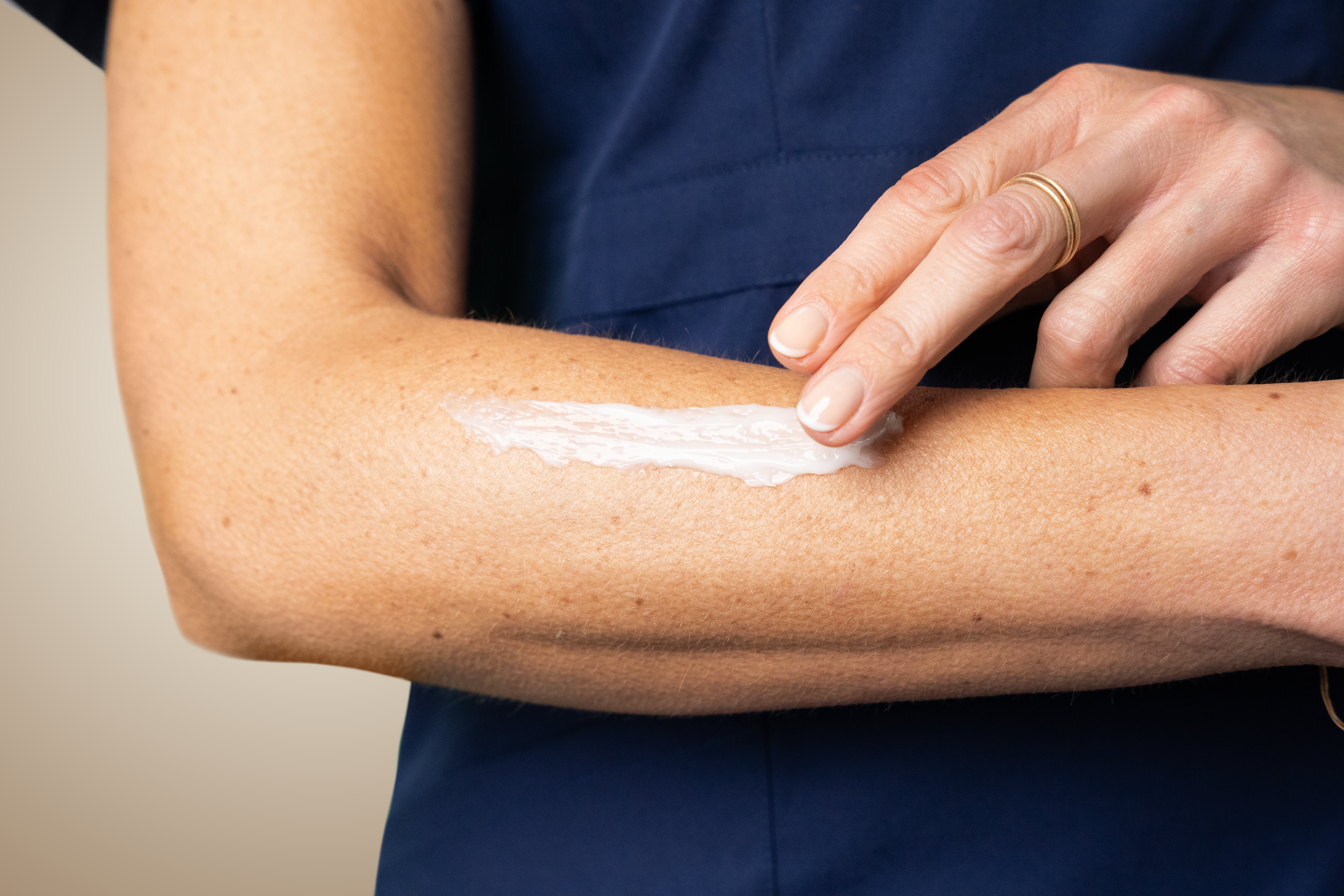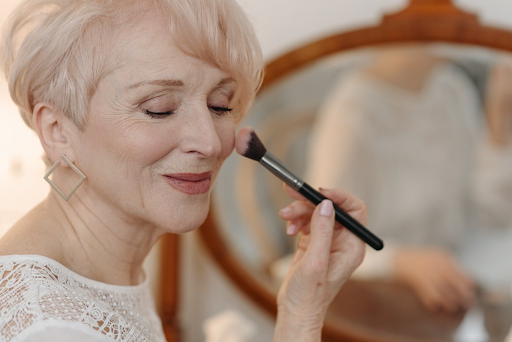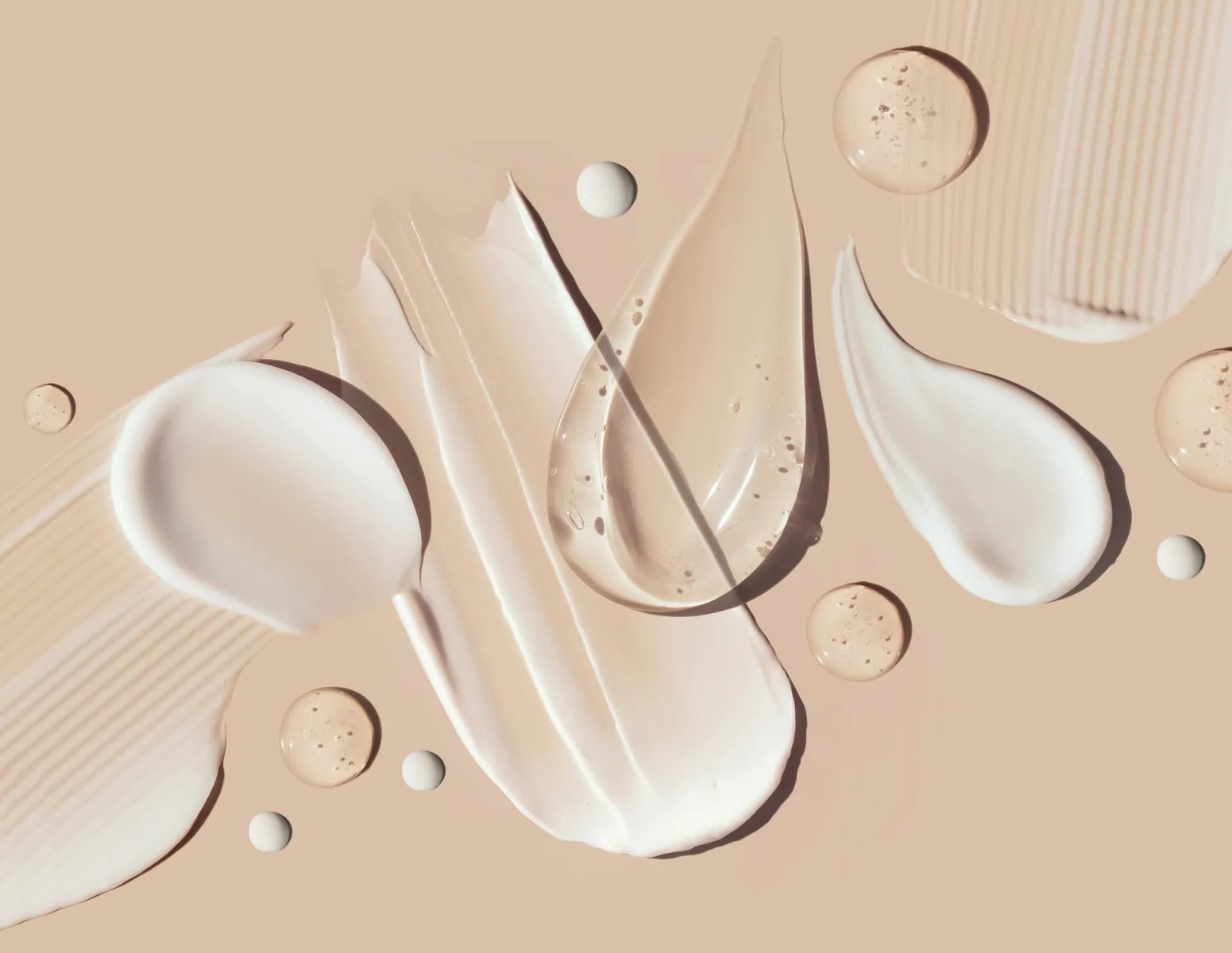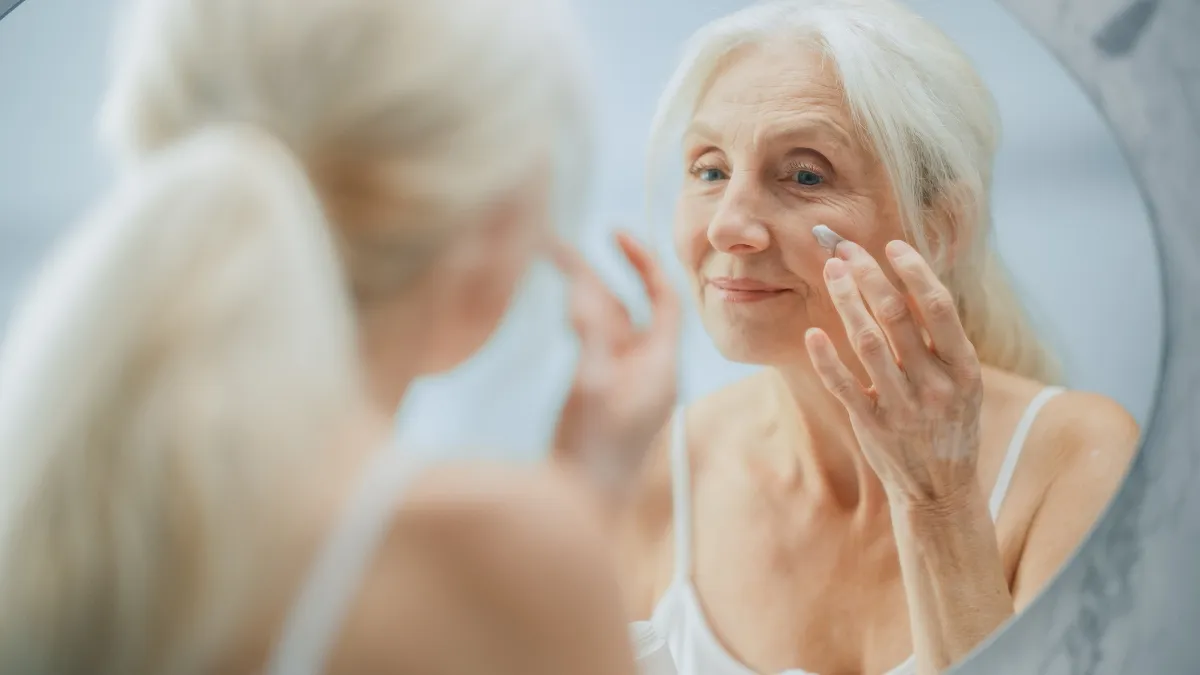As the days grow warmer, your skin needs special attention to stay healthy and radiant.
You see, your skin changes throughout the year. Meaning your winter routine won’t quite cut it in the summer.
That’s because winter requires heavier moisture and nourishment. While you need lighter cover during the warmer months.
So, a thoughtful summer skincare routine can help you look and feel your best…
While also preparing your skin to cope with the extra sweat and sun exposure.
Here’s how…
Start with a Clean Slate
Begin each day by washing your face with a gentle cleanser.
Helping remove over-night sweat and oil, which could clog your pores.
Then always cleanse in the evenings as well.
Not only to remove any make-up, product build-up and sweat. But also to help cleanse your skin from the daily pollution…
Getting your complexion ready for the next steps to your routine.
Remember to choose a cleanser which hydrates while cleans. So your skin can stay soft and refreshed for longer.
Exfoliate Your Skin
Exfoliating helps remove dead skin cells, revealing fresh, radiant skin underneath.
To keep your skin vibrant, especially during summer, exfoliate once to twice a week.
This will keep your pores clear and help your products absorb better. Meaning your skincare steps will work more effectively.
To avoid irritation, especially when it comes to sensitive skin, make sure you use a gentle exfoliant.
Chemical exfoliants are ideal for this, rather than physical ones, like coffee or sugar scrubs. As these can easily cause irritation.
Targeted Care
Struggling with hyperpigmentation, a dull-looking complexion or acne scars?
Well now is the time to tackle these specific skin concerns.
For your next step, choose a serum which addresses your concerns. Adding an extra layer of care.
During the summer, a vitamin C serum is ideal. To help brighten your complexion and protect against sun damage.
All thanks to its powerful antioxidant properties.
So why not give Dr. Sister’s Vitamin C Brightening Serum a try…
Alternatively, look for multi-peptide or hyaluronic acid serums. Helping to improve elasticity, skin texture and deep hydration.
And if you’re worried about dark spots this summer, then Dark Spot Vanish is for you. Helping tackle existing spots and shield against the creation of new ones.
Hydration Station
Applying a light moisturiser comes next.
Helping to lock in moisture without feeling heavy. Dr. Sister’s Younger You can be perfect for this step.
Remember to apply your moisturiser using an upwards motion with your hands.
Don’t forget to also use your products of choice on your neck and decolletage.
Solar Shield
The last and most important step… Sun protection!
Your best defence against sun damage and even premature ageing in the summer.
Apply a broad-spectrum sunscreen with at least SPF 30 every morning, on all uncovered skin.
We recommend doing this 20 minutes before leaving the house. To allow plenty of time for your sun cream to absorb and start working.
Remember to reapply often throughout the day. Especially if you’re spending time outdoors.
Dr. Sister’s Solar Shield is ideal for this step. With an SPF 50, this anti-ageing sun cream protects you from UVA and UVB rays.
While also hydrating delicate, ageing skin.
Summer Ready
Consistency is the secret to beautiful, age-less skin.
So make sure you follow your summer routine daily, and be patient.
Best results come with time and dedication…
And simple steps can lead to stunning results. So you can enjoy the warm weather with confidence, knowing your skin is well cared for.




